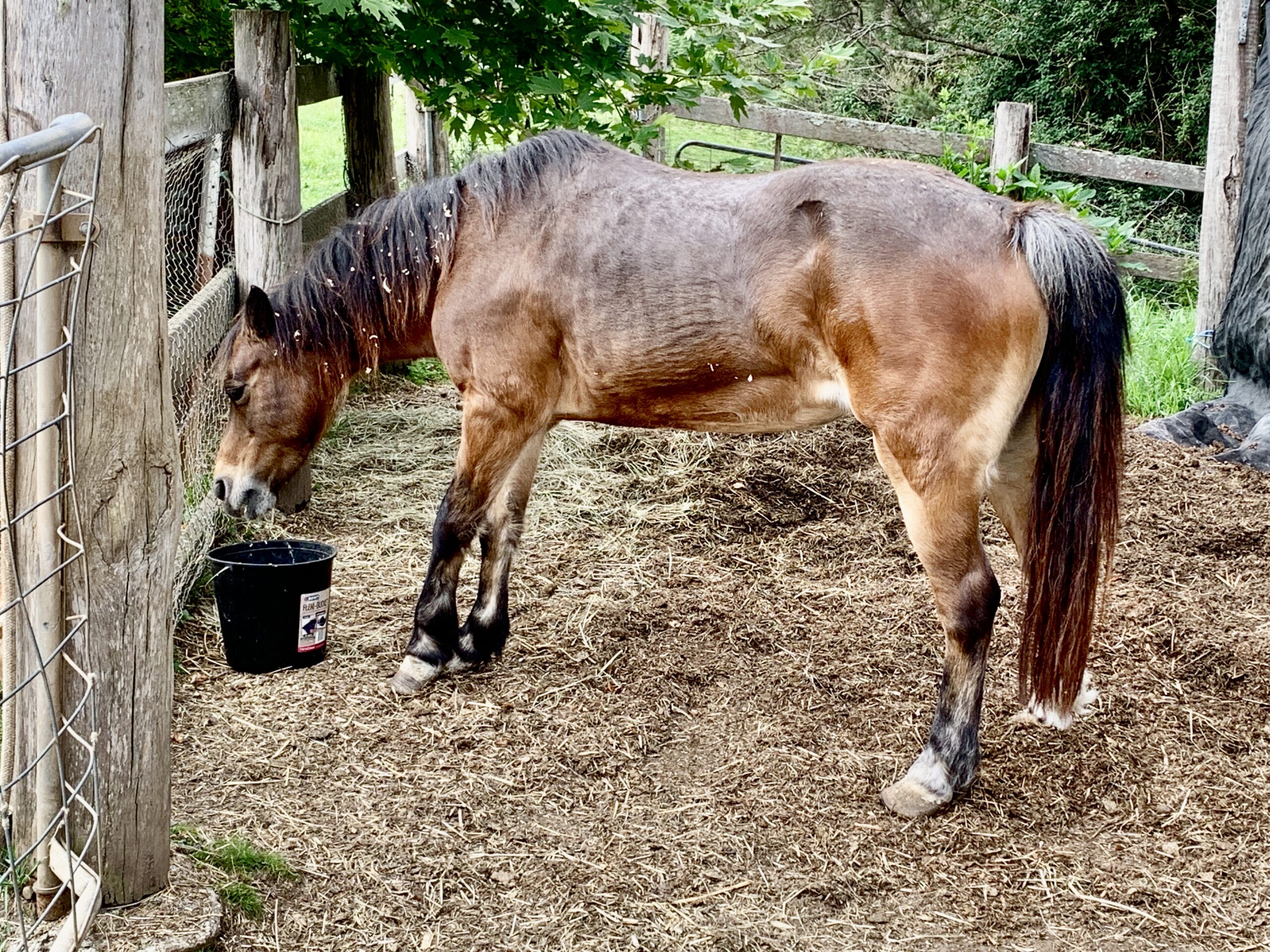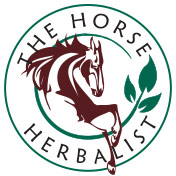Your cart is currently empty!

Laminitis – Be Prepared & Act Fast!
Laminitis or Founder is the most cruel of conditions sustained by some unfortunate horses and ponies. Imagine the pain if your feet were disintegrating so you were forced to walk on your ankle bones.
There are many easily accessible articles on the physiology of laminitis, the healing power of ice and what to feed a Laminitic horse – like Dr Jennifer Stewart’s brilliant article here, originally published in Hoofbeats Magazine.
Despite the dry winter in many parts of the country, there will be flushes of new Spring growth in the paddocks or you may have short frosted grasses, which are also high in fructans. The liver is the primary clearing house for fructans so it needs to be in good order.
*The development stage of founder occurs 8 – 12 hours before acute pain presents.
*This is of ultra-importance that you recognise this early stage as this is when you can take immediate action and stop laminitis occurring.
What to look out for:
– Worried look around the eyes
– Looks Uncomfortable
– Unnaturally spooky (unlike normal)
– Not himself/herself
What to do – (even if unsure laminitis is the problem) or horse has foundered in the past:
– Whack those ice boots on – you need boots that come up to just below the knee and extend down over the feet. Research has reinforced empirical knowledge proving that if you cool the limb below room temperature acute laminitis is prevented.
– If you don’t have boots then stand your horse or pony up to knees in a flowing river or a dam.
– Buy a muzzle if you don’t have one
If you don’t have boots and your pony has foundered in the past then make them top of your list to purchase asap.
Causes of laminitis:
– Lush pasture including clover, high in sugars
– Frosted grass, high in sugars
– Grain overload
– Toxins in the body
– Systemic bacterial infection
– Endocrine related laminitis – high insulin levels in the blood
– Inflammation
– Overload of streptococcus bovis in the hindgut – this is implicated in lamellar separation.
If your horse progresses to acute founder then he’ll need box rest for a minimum of 4 weeks. Soft bedding (damp sand is best, some find sawdust is good if you have a local Timber mill).
Your horse must be able to lie down as this is the only time when blood circulates in the foot.
– Seek advice from your vet – they may prescribe ertuglifloz which treats hyperinsulaemia induced laminitis. Phenylbutazone can also provide relief.
– Engage the expert assistance of your farrier
An experienced equine herbalist can devise a treatment protocol to negate as much damage as possible, as well as supporting internal organs and systems as the body deals with intense pain, inflammation and resultant inaction. In addition, homeopathic treatment can get on top of strep.bovis which is an under recognised agent for systemic infections.
